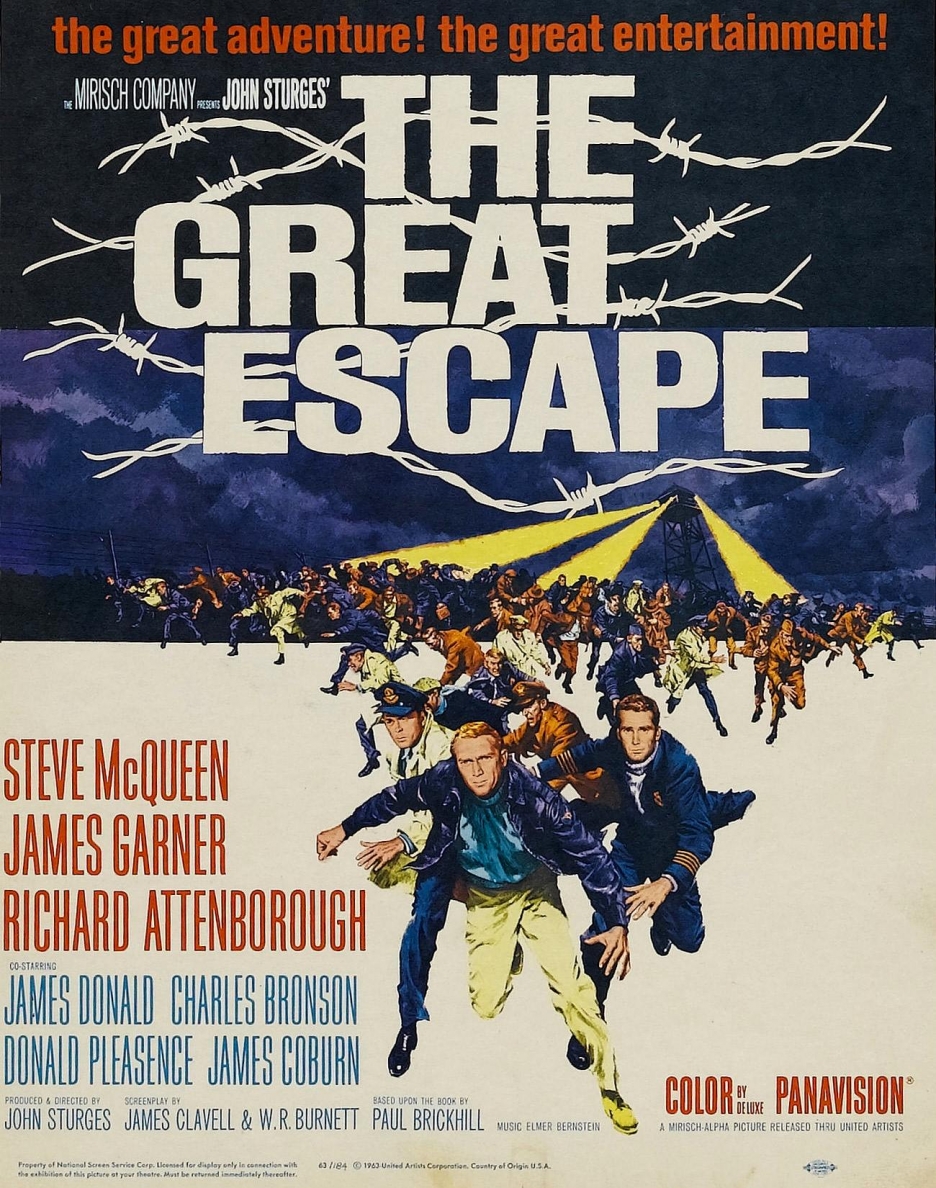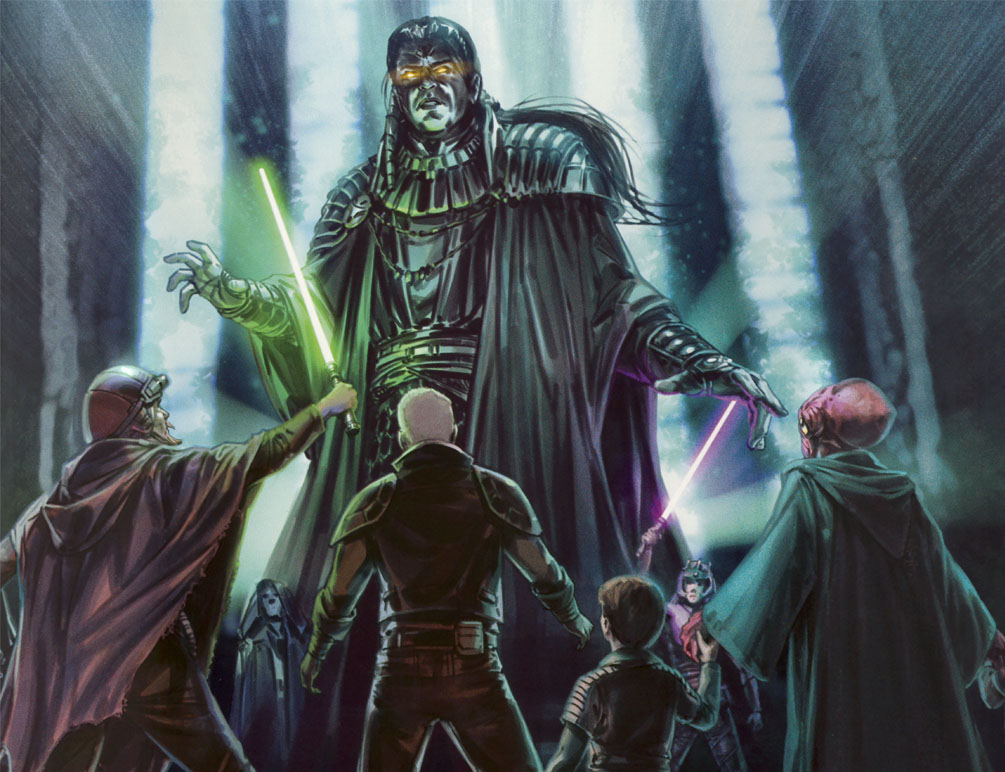
A couple of weeks ago, my In Defense of Superweapons article omitted Centerpoint Station, save perhaps as a vague mention as falling into the ancient star-killing tech category. Some commentators wondered about that, which in turn led to this!
Centerpoint Station is, to me, quite different from all the other superweapons – for they were designed as weapons. All of them have a quite clear and defined intent – to kill and destroy on a mammoth scale! Centerpoint Station is not this. Oh sure, the Empire advanced the line that the Death Star was for asteroid clearance but the duplicity and lack of belief in the statement is obvious. The Death Star projects exist for one purpose: To terrify a galaxy back in line. (Although it could be said the designers or the Empire didn’t really consider the full implications of their success.)
In contrast Centerpoint Station was created by its ancient builders to do just that – build! With Centerpoint Station we are no longer in the area of technology being created to kill but rather technology being perverted from its original aims!




